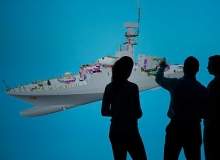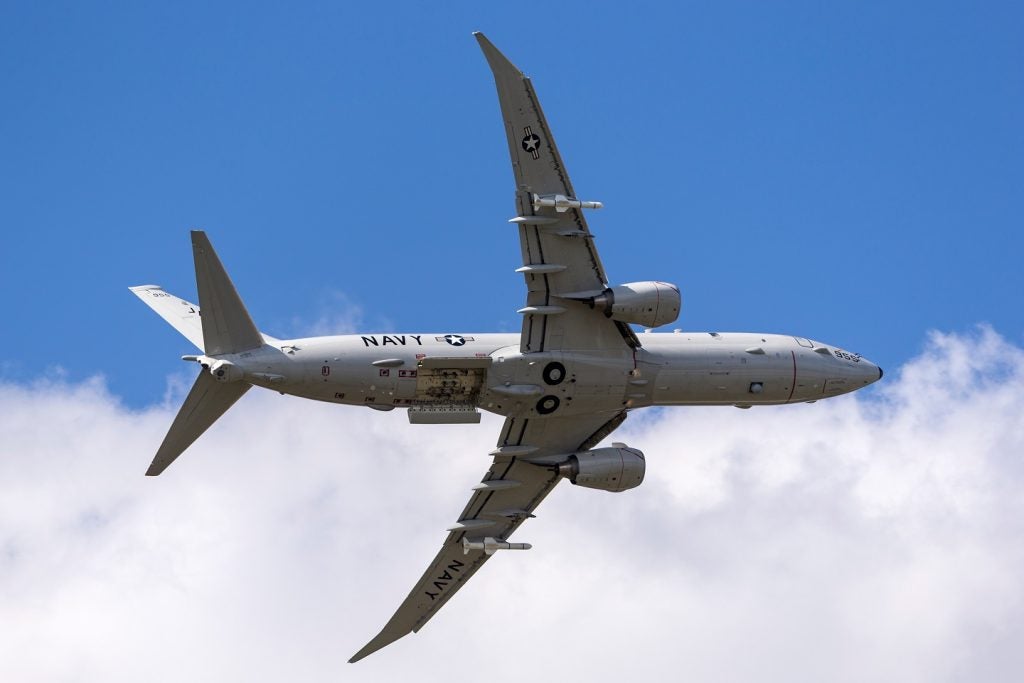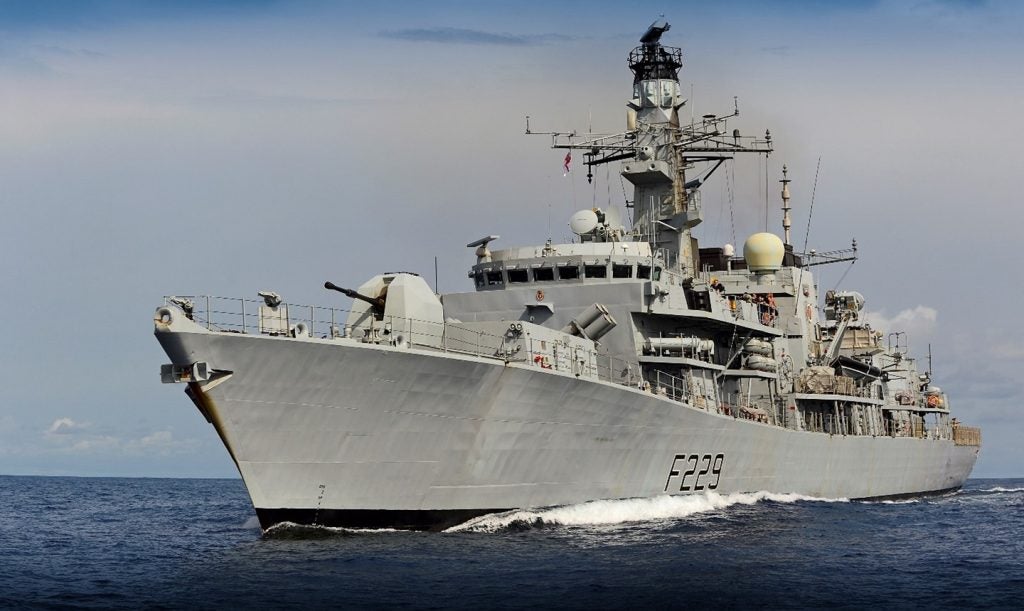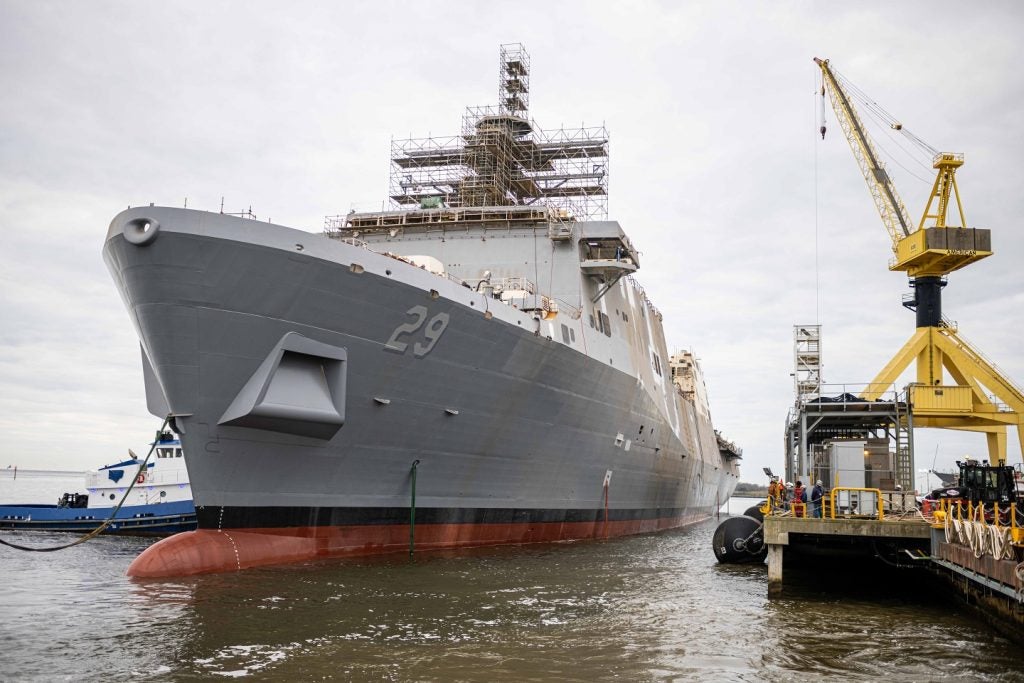

BAE is leading the charge to use 3D visualisation technology, originally developed by the gaming industry, to enable to it be more efficient and agile in the design stage of major shipbuilding projects.
Following a pilot of the technology, the company has installed a network of visualisation suites at three sites across the UK in Glasgow, Portsmouth and Bristol. Engineering staff are now using the technology to create full scale 3D ship prototypes to virtually build and test designs. In order to make the process as ‘real’ and as accurate as possible, a laser tracking system and interactive wand allows operators to ‘fly’ through a ship’s design from any angle and to inspect and examine specific areas, equipment and systems quickly and easily.
By creating a virtual prototype, engineers can gain a thorough understanding of the vessel before manufacturing begins. It also means they can identify any potential design problems well in advance of the vessel being built.
Mick Ord, managing director of BAE Systems’ naval ships business said greater use of 3D visualisation technology would "enable a step change in efficiency quality and safety, helping to ensure we remain competitive and deliver the best value for money to our customers."
See Also:
Setting a precedent for future design projects
BAE also hopes the technology will help develop greater collaboration at an early stage with customers such as the MoD and involve them in design process right from the outset. It could also help prevent escalating costs and delays to the completion of future major shipbuilding projects and could set a precedent in the industry for the way in which ships are designed in future. The most recent high-profile project to encounter substantial budget increases is the building of two Queen Elizabeth aircraft carriers. The budget for the project has doubled to more than £6bn since it began eight years ago.
How well do you really know your competitors?
Access the most comprehensive Company Profiles on the market, powered by GlobalData. Save hours of research. Gain competitive edge.

Thank you!
Your download email will arrive shortly
Not ready to buy yet? Download a free sample
We are confident about the unique quality of our Company Profiles. However, we want you to make the most beneficial decision for your business, so we offer a free sample that you can download by submitting the below form
By GlobalDataAnd the technology will now be used to help develop designs of the Type 26 Global Combat Ship. Work has stepped up a gear since it was announced in February this year that the Ministry of Defence (MoD) had signed an £859m deal with BAE to develop the next-generation ships that will form the backbone of the UK’s future naval fleet.
With the Joint Strike Fighter, Type 26 destroyers and Astute class attack submarines still some time away, the UK’s vulnerability in this area is becoming increasingly critical.
BAE Systems chief executive Ian King said the Type 26 project would mark a sea-change in the way the company designed and manufactured naval ships with "innovative new technologies, leading edge processes and modern infrastructure."
"New ways of working ensure we can continue to deliver the highest quality equipment at the lowest possible cost and compete effectively for future UK and international orders," he added.
The technology has played a key role in the design of the Royal Navy’s new Offshore Patrol Vessels. BAE Systems was awarded a £348m contract by the MoD to build three vessels that will be used to support counter-terrorism, counter-piracy and anti-smuggling operations in the waters around the UK and will protect other UK interests abroad.
3D technology – becoming acquainted
UK company Virtalis has been working with BAE to provide the 3D technology that underpins the MoD projects. Virtalis believes that eventually companies will scrap physical prototypes and use 3D visualisation technology as standard procedure, claiming that the benefits extend to every aspect of the shipbuilding process from the design to the marketing and training.
As well as helping transform the shipbuilding process, BAE is increasingly using 3D visualisation technology for staff training on board its ships. Virtalis has developed a 3D virtual tour of the Type 45 destroyer for both familiarisation and job training.
As the entire ship is modelled in 3D, a trainee can explore any location on the virtual ship from the virtual control room of the Type 45 to the wardroom.
Lieutenant Commander Matthew Solly, training manager for the Type 45 destroyer, explained that the technology "presents users with an extremely effective means of become acquainted with the layout of the ship and the relative locations of important machinery and hardware."
He added: "It helps fire-fighting teams to undertake ‘mission rehearsals’ prior to actual exposure to a fire and weapons engineers can see where all of the ship’s sensors and weapons systems are located before they even board the ship."
BMT – also in on the act
UK naval design expert BMT is also increasingly relying on 3D visualisation technology in its work, having used its own technology for both the Tide-class Military Afloat Reach and Sustainability tankers it designed for the MoD and the Logistics and Support Vessel designed for the Norwegian Defence Logistics Organisation.
Simon Luck, head of information systems at BMT, explained that 3D visualisation uses computer software to create detailed, lifelike, three-dimensional representations of objects that can be easily manipulated or altered.
"It gives the design team and the customer the opportunity to view the proposed layout of specific areas of the vessel without the need to invest in expensive and time-consuming physical mock-ups," explained Luck.
"It allows the team to make key decisions on design details that will hopefully reduce the risk of needing to change the design further down the line. Costs are cut, while the design process is accelerated."
Is it time to consider the possibility that LCS has turned out to be an expensive experiment that is struggling to deliver?
BMT’s system allows users to view the virtual environment through 360 degrees as though it was real and to become fully immersed in the design, walking around as they would do in the real world.
Luck believes that this visual immersion gives those involved a far more powerful insight into the design than is possible via a computer aided design screen or a model.
"The sense of presence enhances the overall experience and allows engineers to make key decisions on design detail that will hopefully reduce the risk of needing to change the design further down the line."
The technology is not just limited to the design stage but can also be used in service so that personnel on shore can have the same view of the equipment as those on board when trying to resolve a problem.


.gif)




